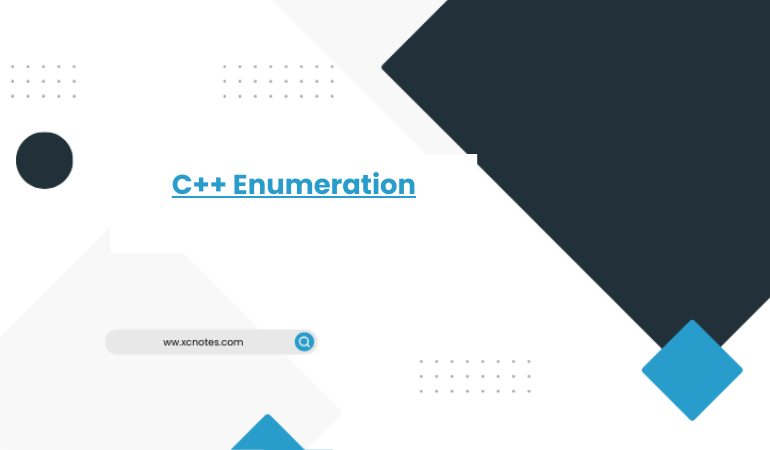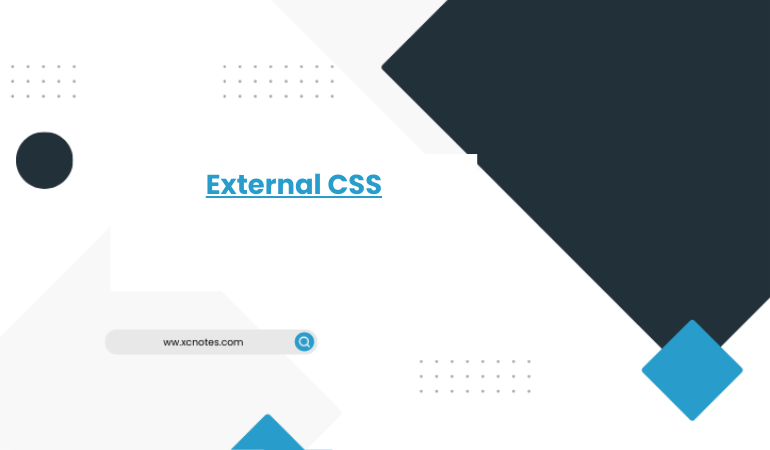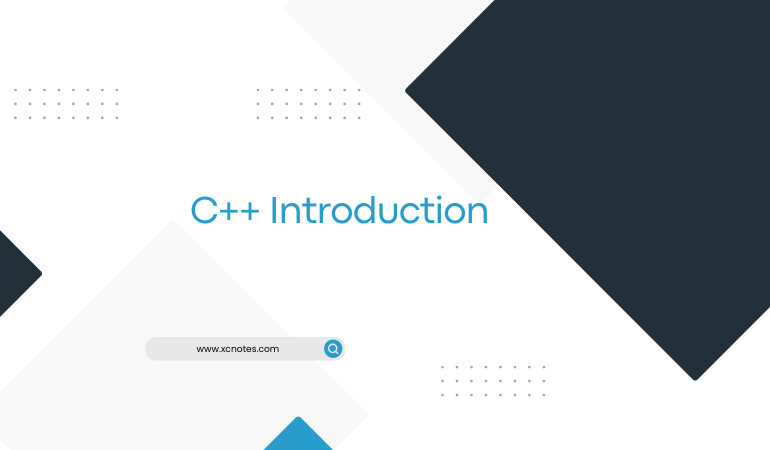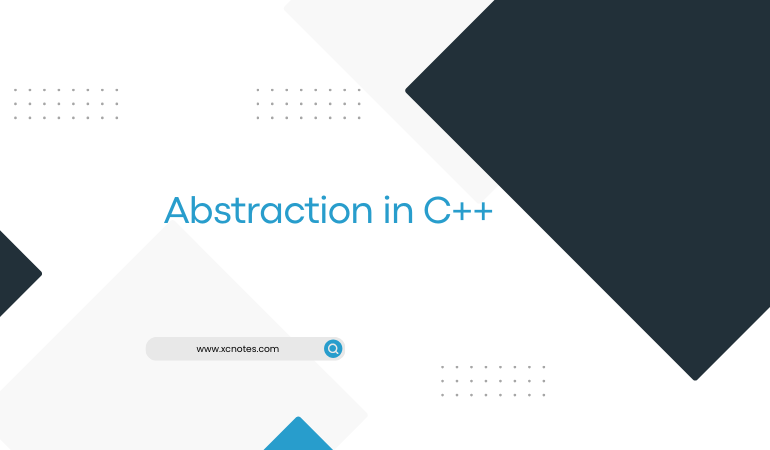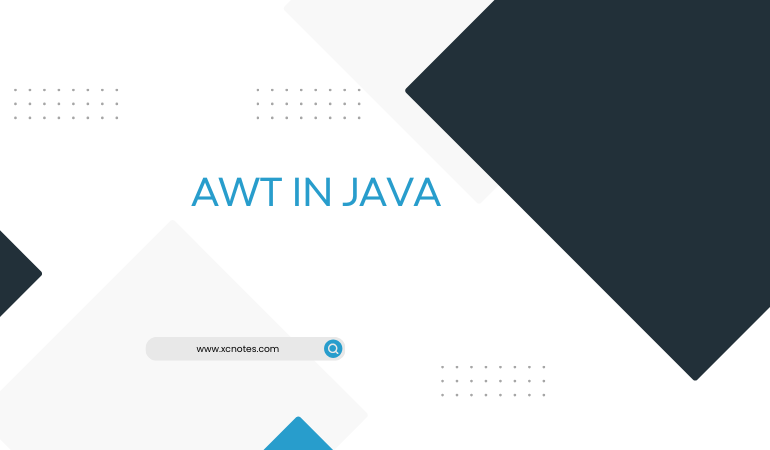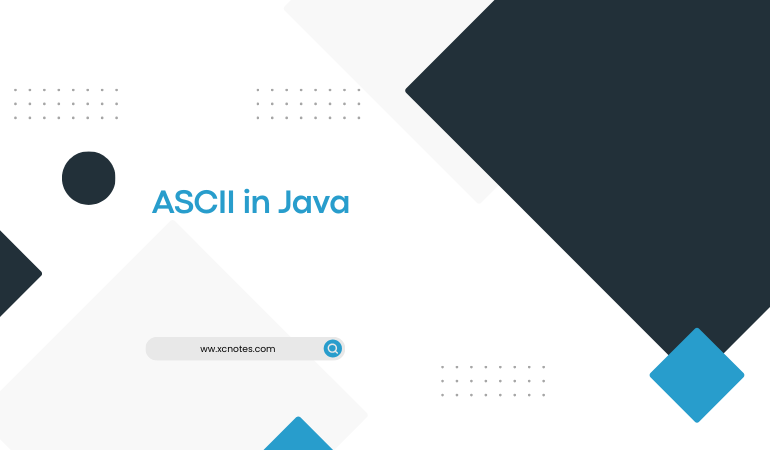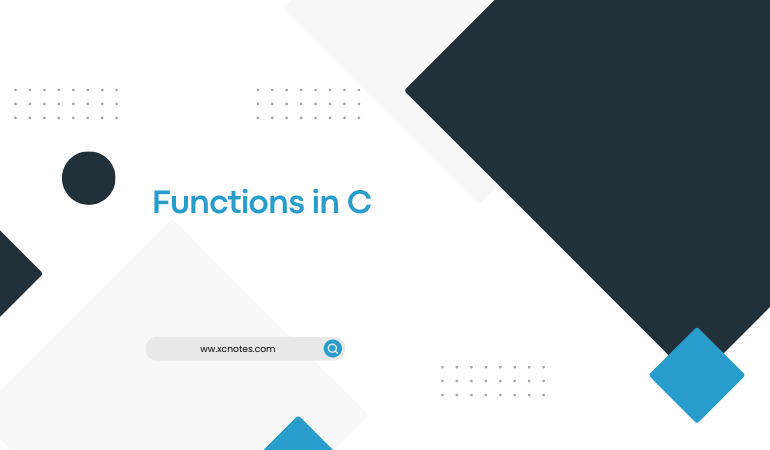C++ Enumeration
In C++, enumeration (enum) is a user-defined data type that consists of named integral constants. Enums are useful for creating more readable and self-explanatory code by assigning names to numeric values. Here’s a basic example of how to use enums in C++: #include <iostream.h> // Define an enumeration named Color enum Color { RED, … Read more

